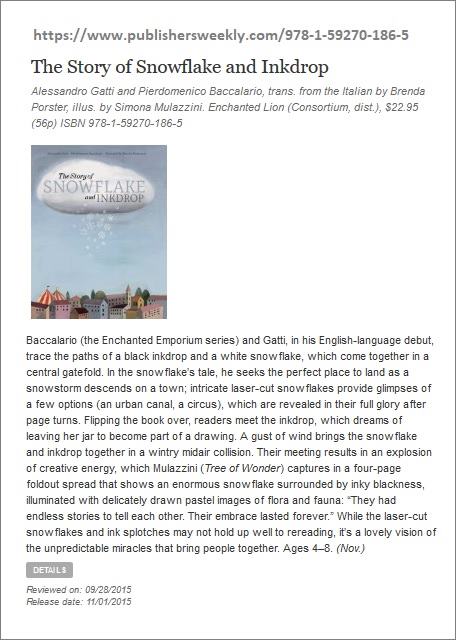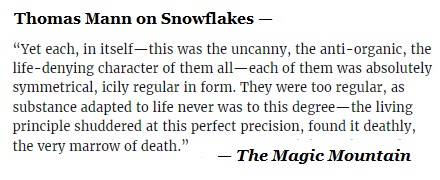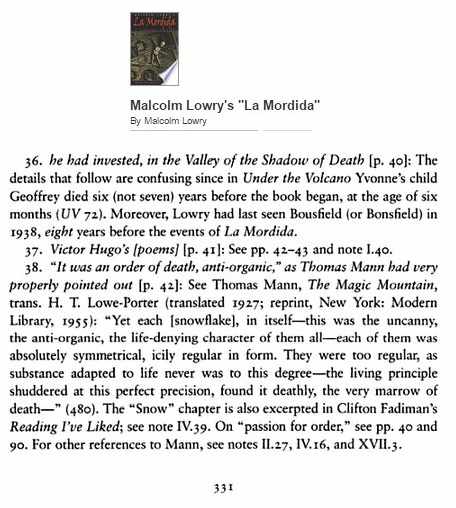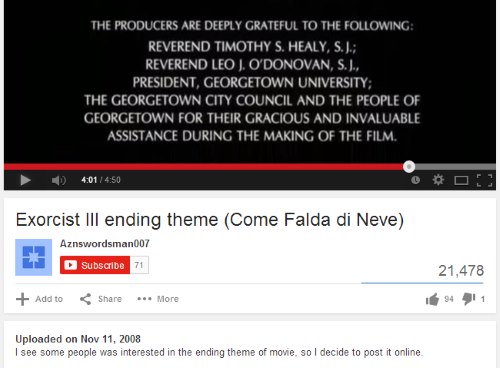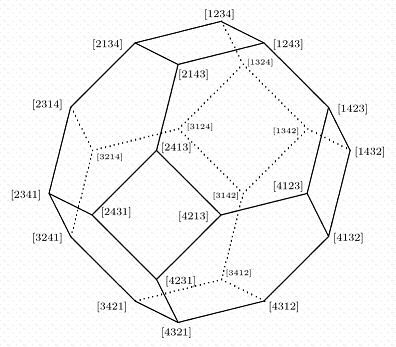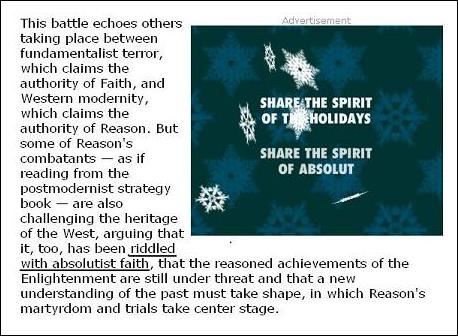The Mathematical Intelligencer Vol. 10, Issue 1, page 3 (Dec. 1988) . . .
http://www.log24.com/noindex-pdf/
Cullinane-letter-Artes_Liberales-Intelligencer.pdf —
Not a snowflake . . .

Related material . . . "Omnibus ex Nihilo."
And, for the Church of Synchronology —
Log24 on the above Instagram date:
September 8, 2022 — Chevron Variations.


